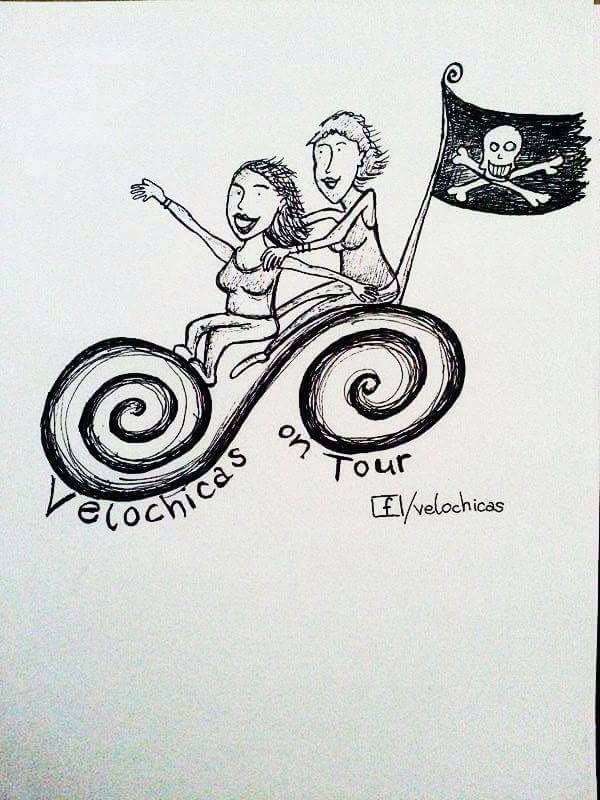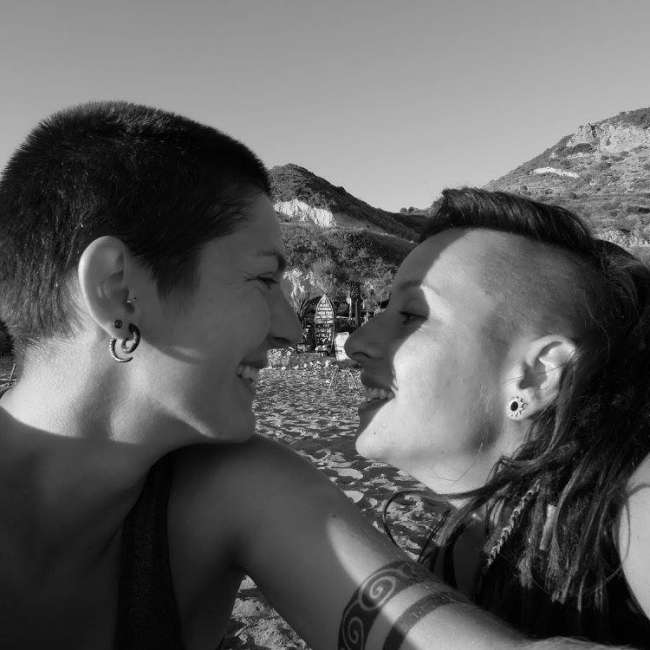We leave Bolivia with flying colors
ꯐꯣꯉꯈ꯭ꯔꯦ꯫: 02.07.2017
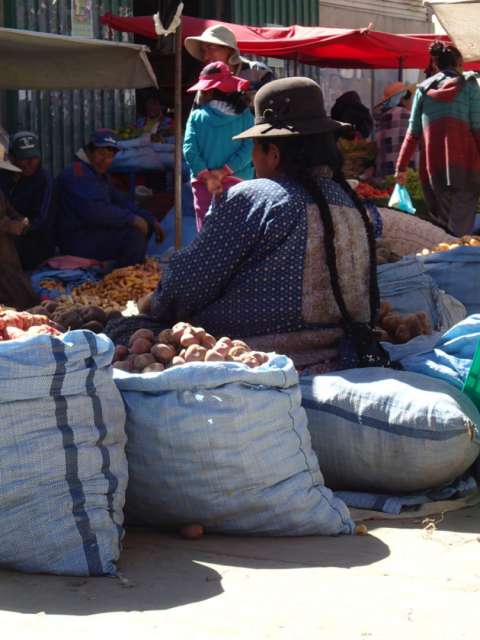

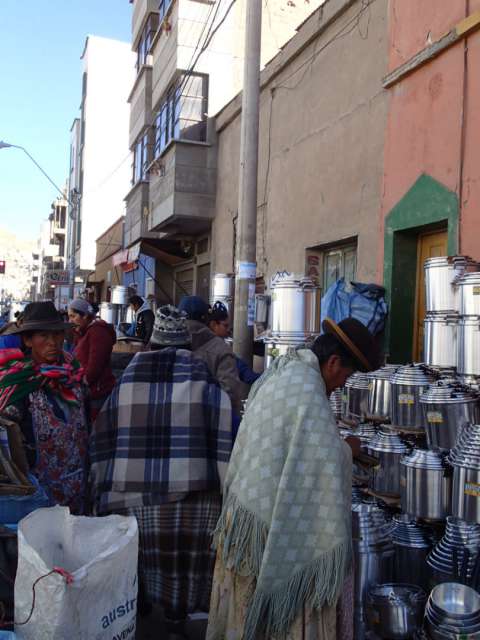
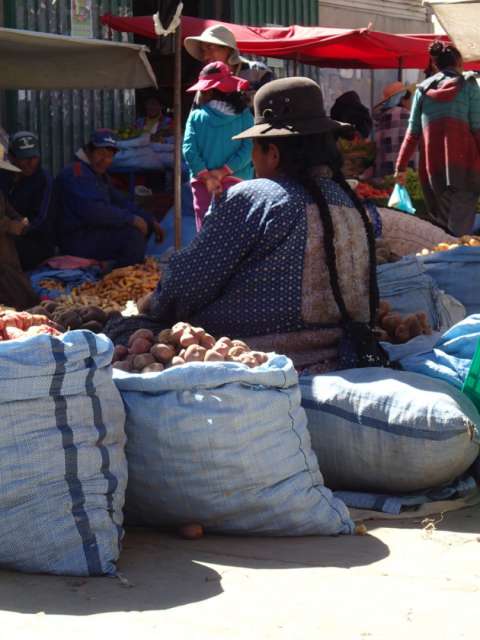
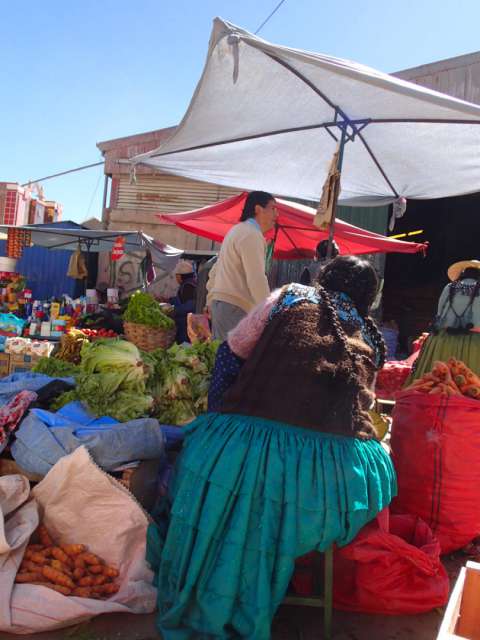
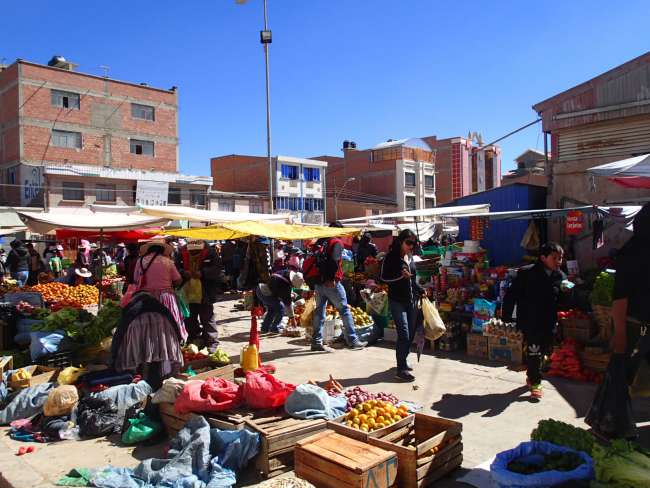
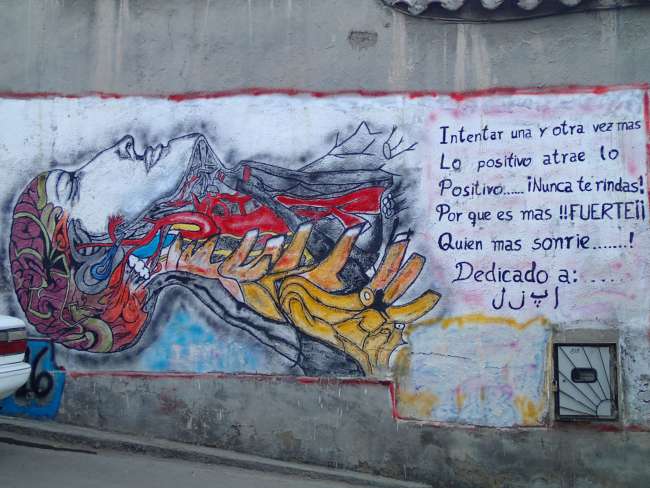
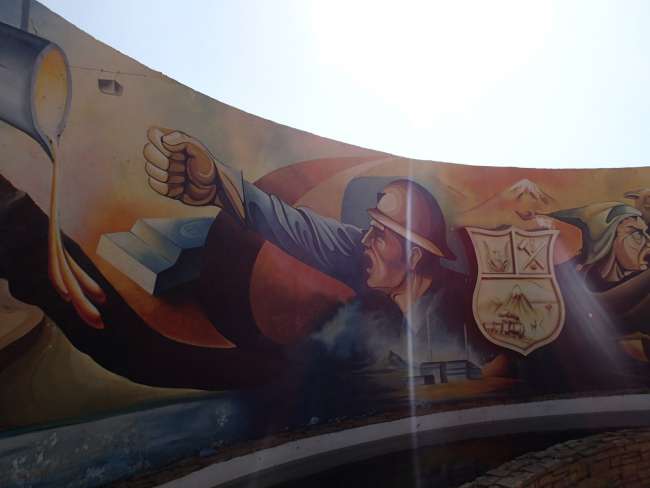
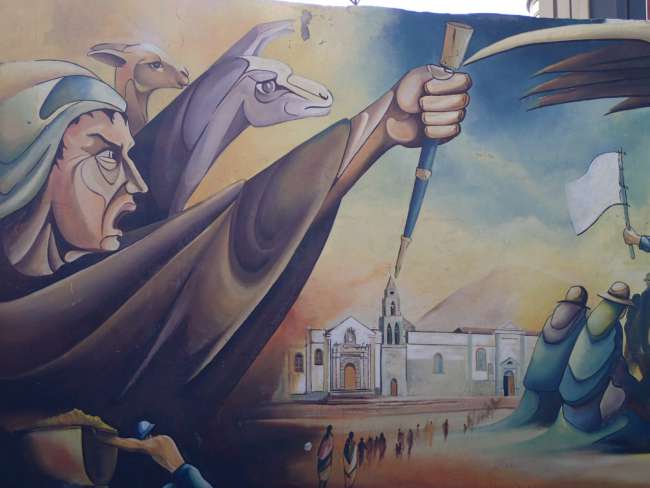
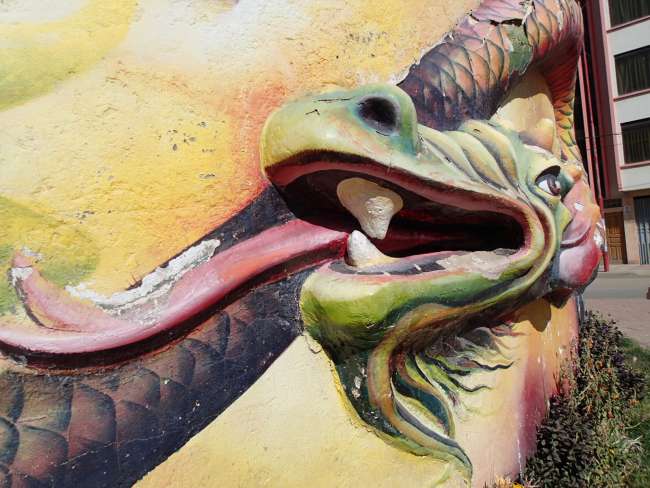
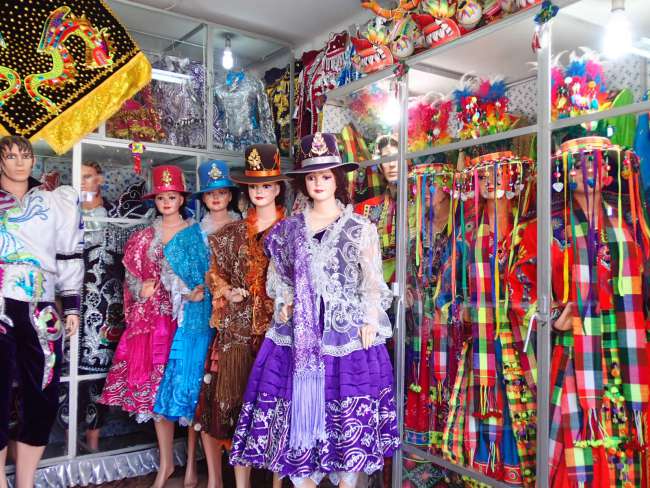
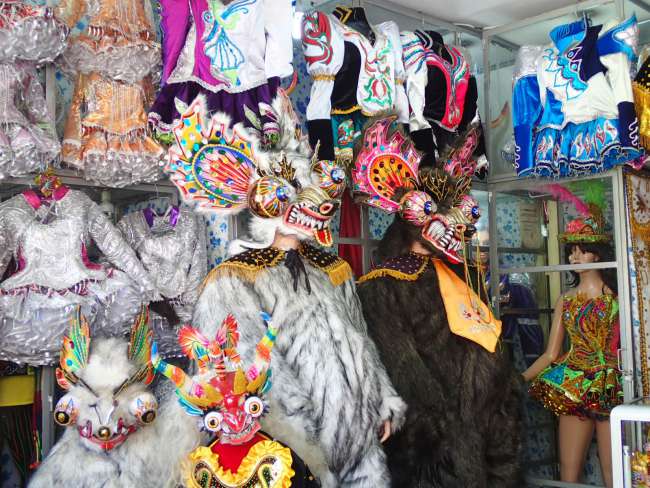
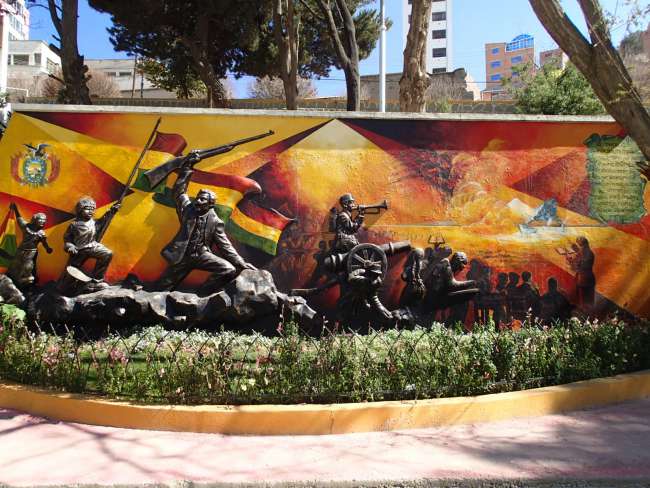
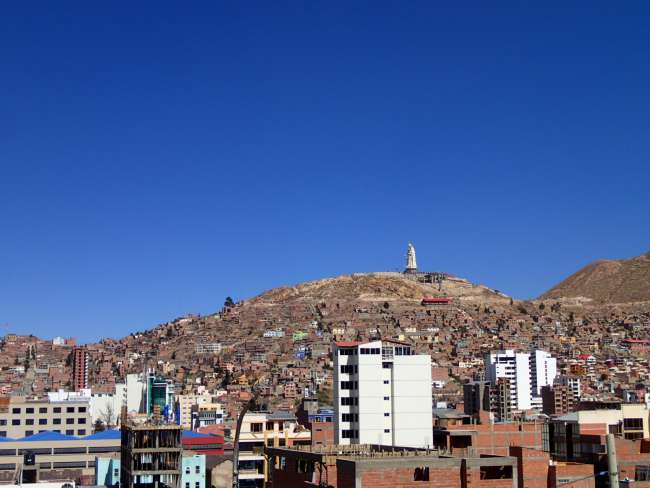
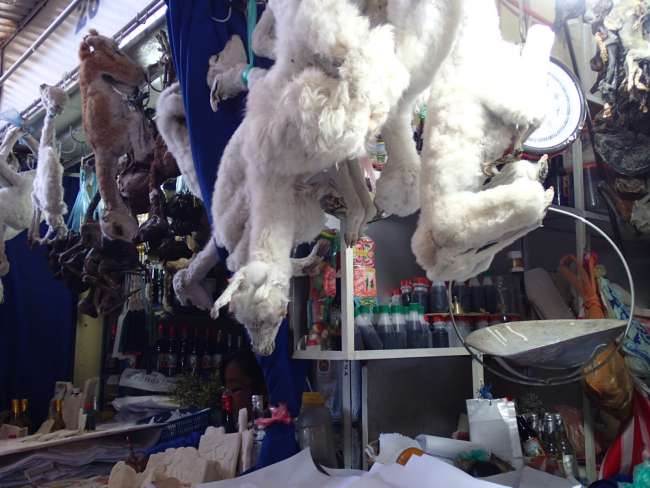
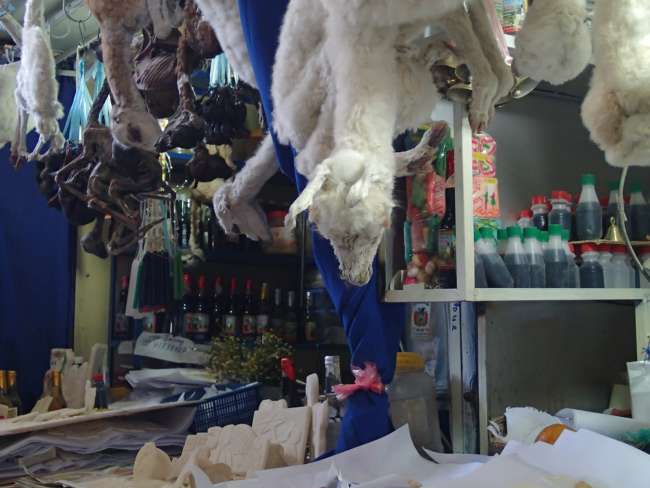
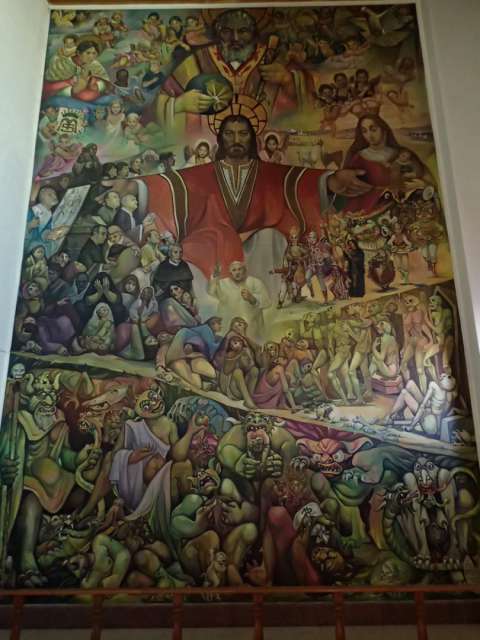
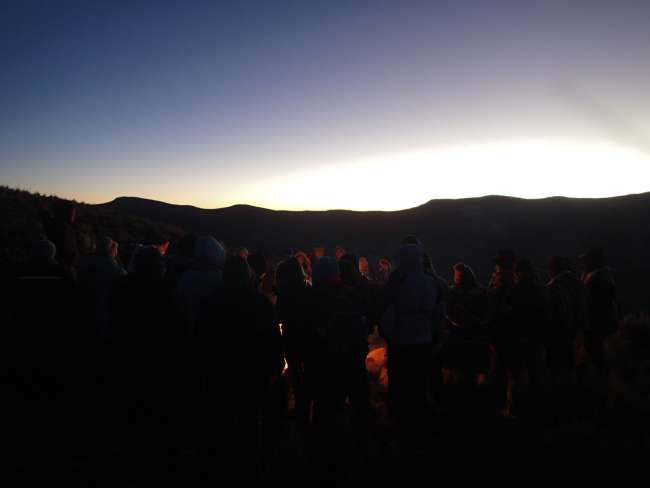
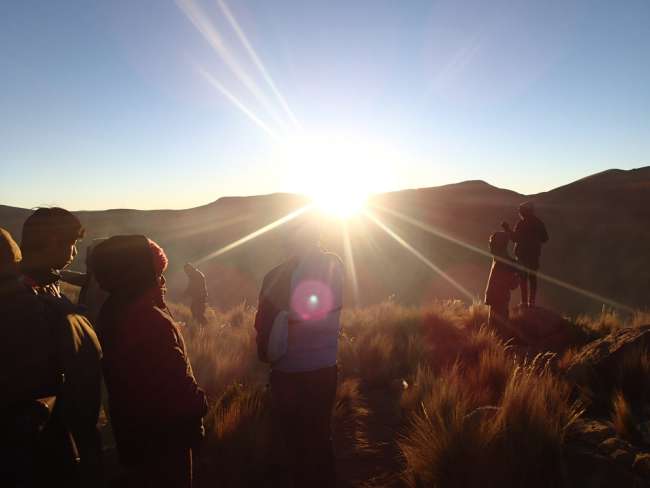
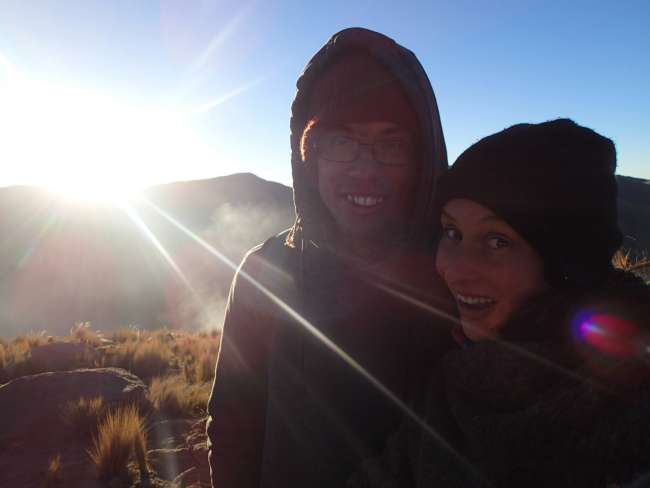
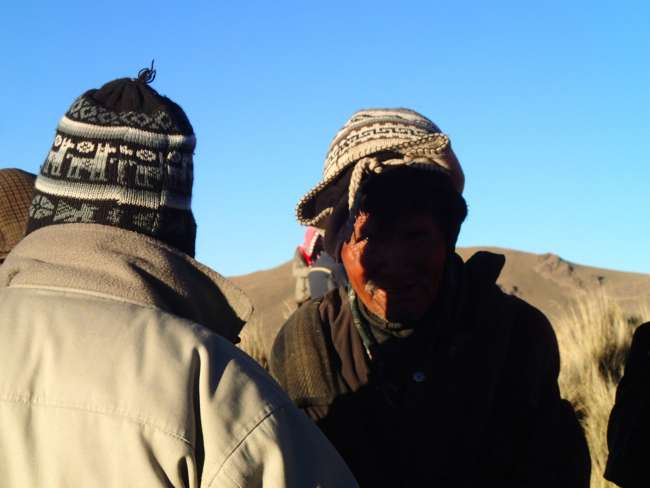
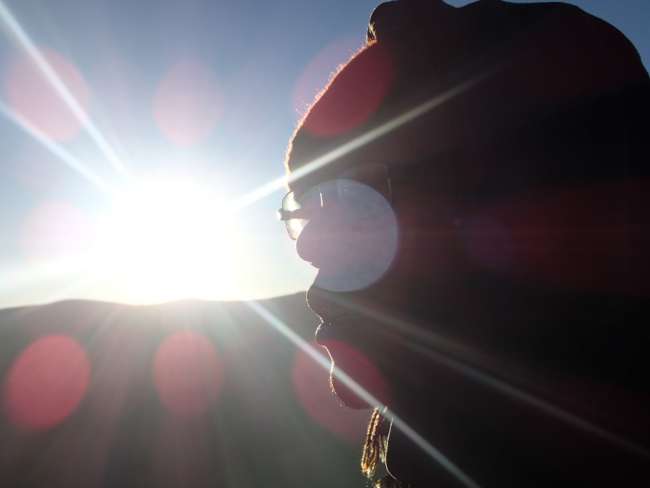

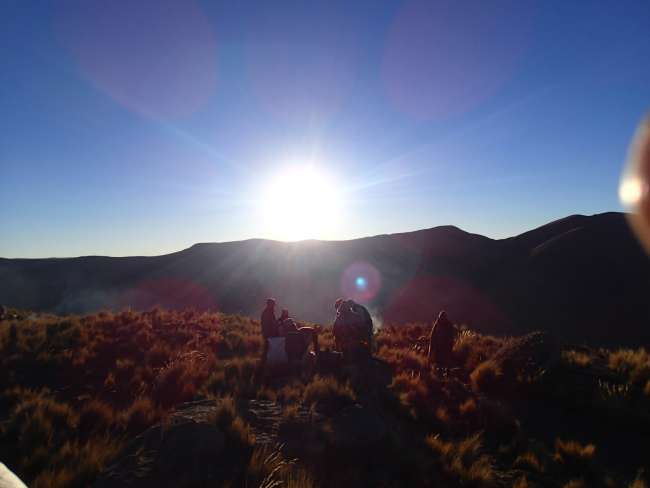
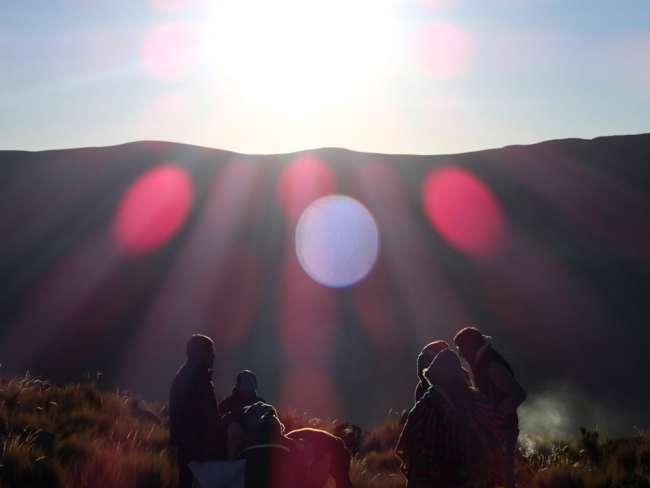
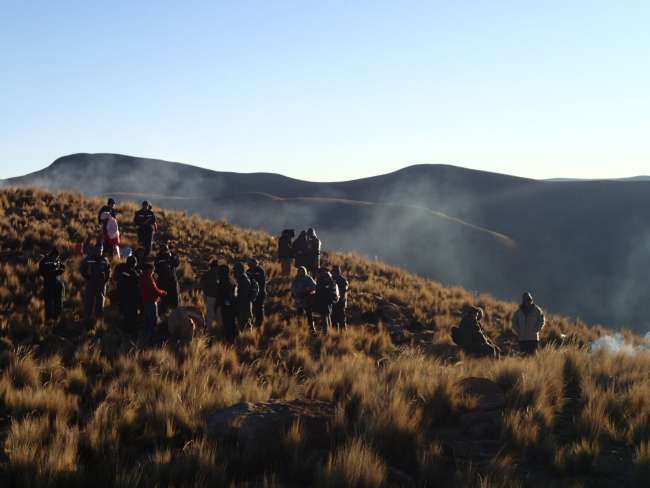
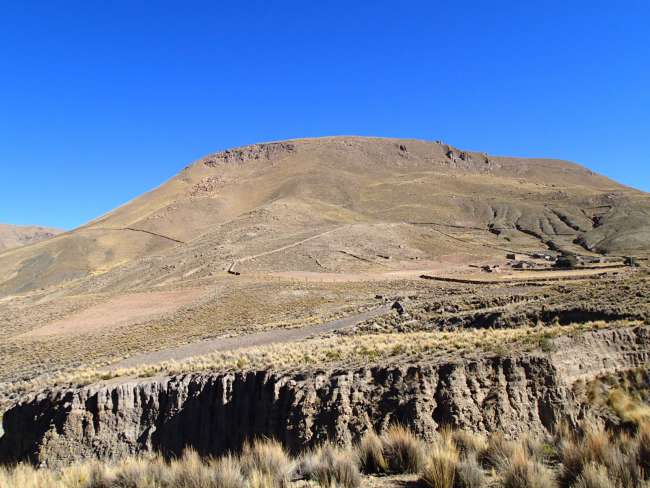
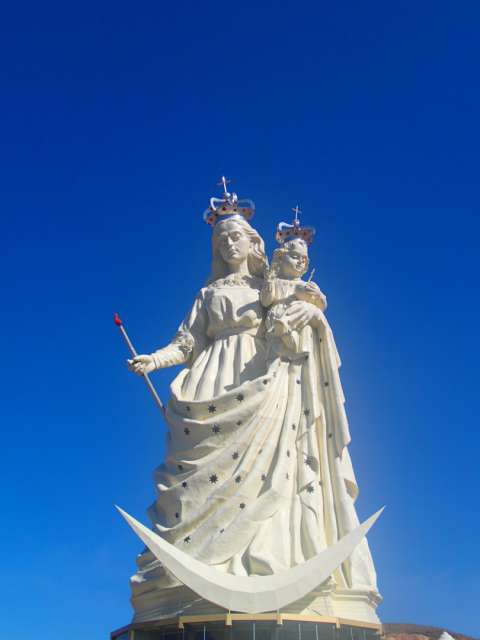
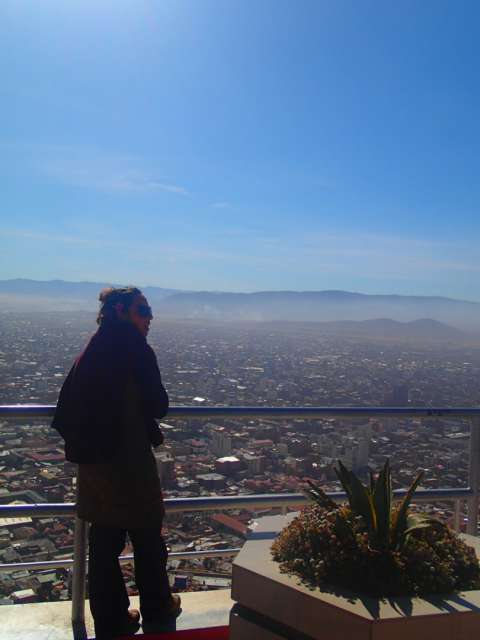
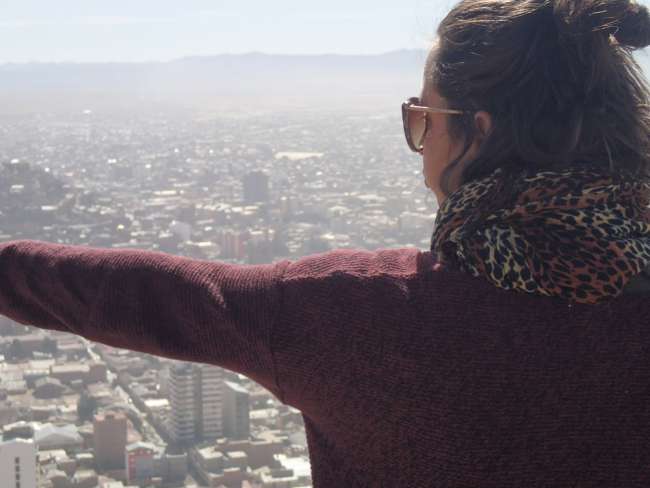
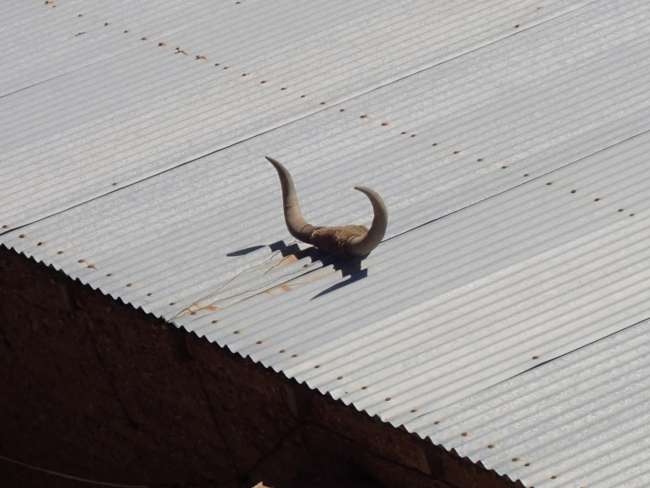
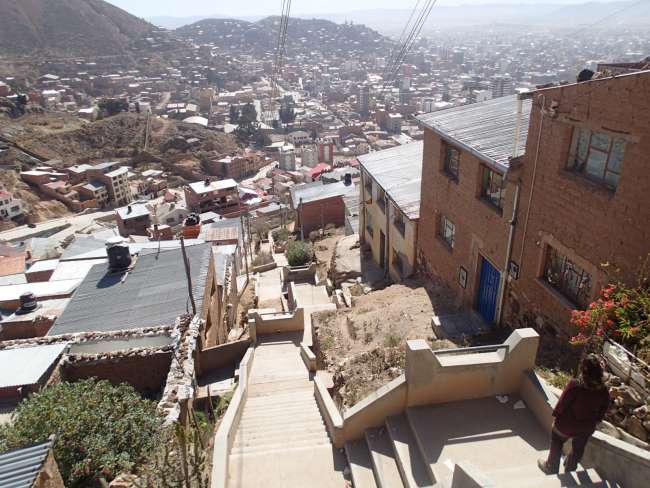
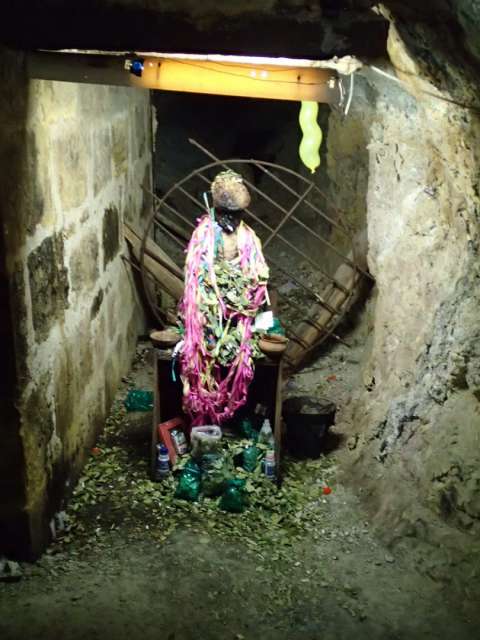
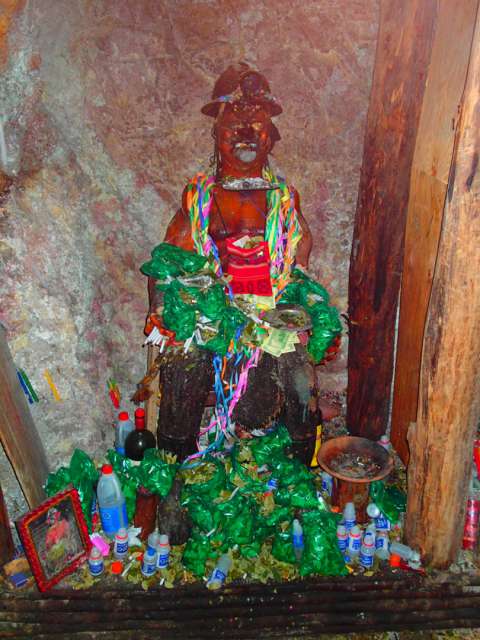
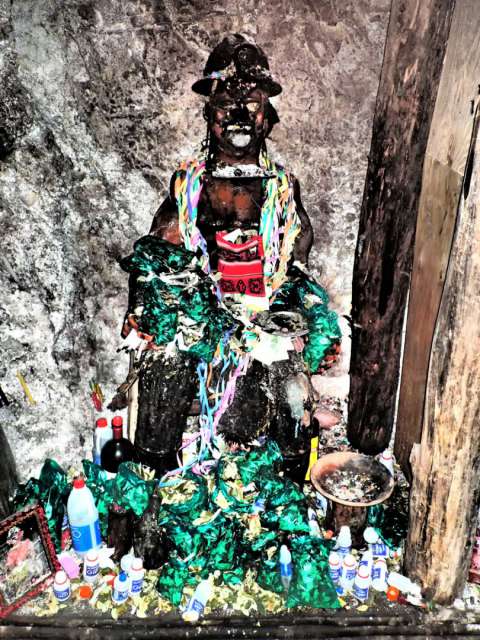
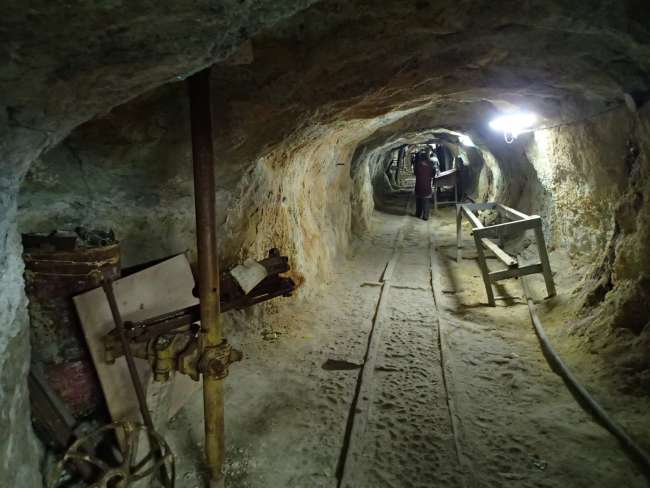
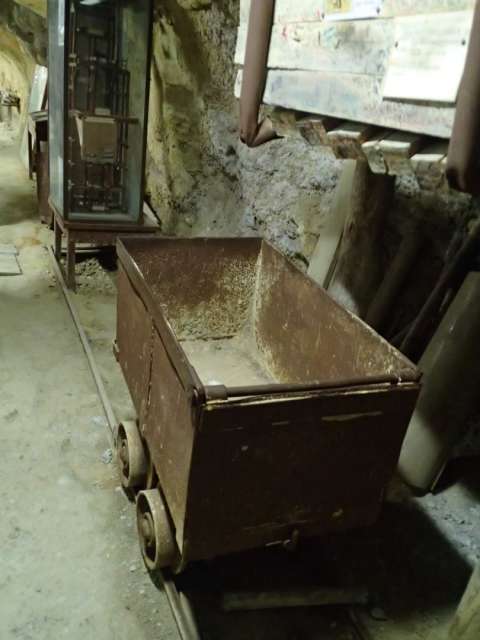
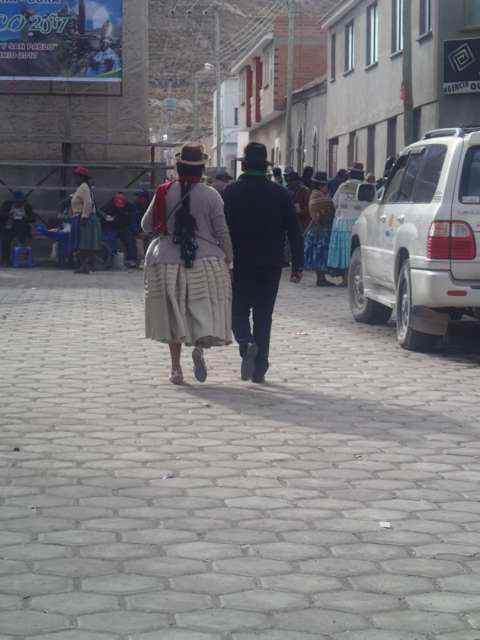
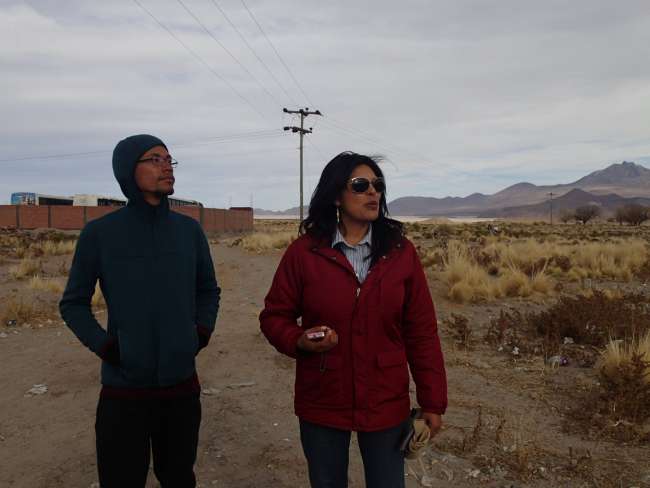
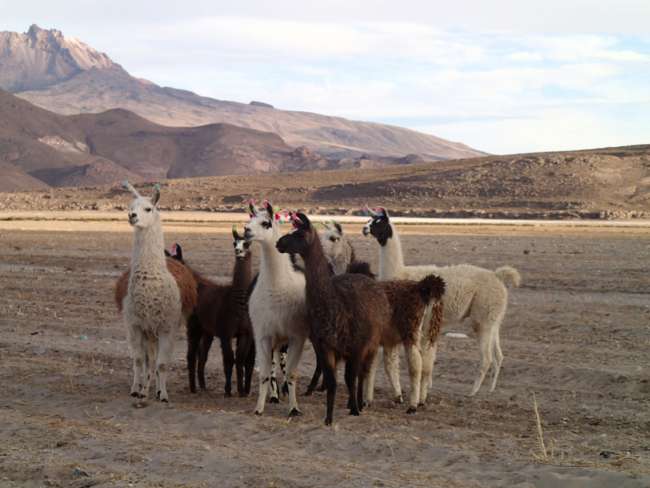

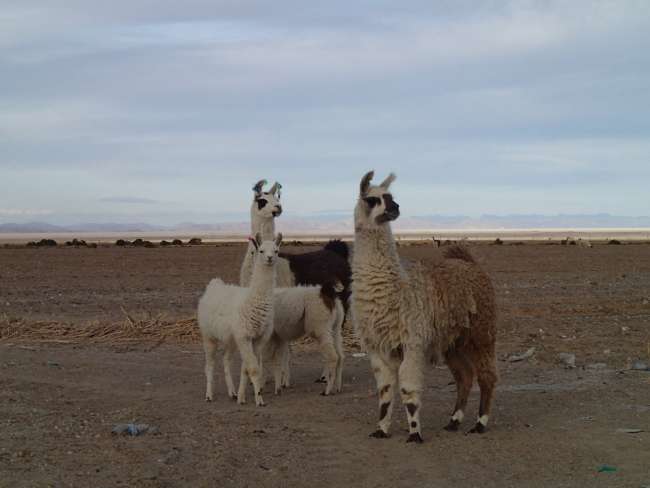
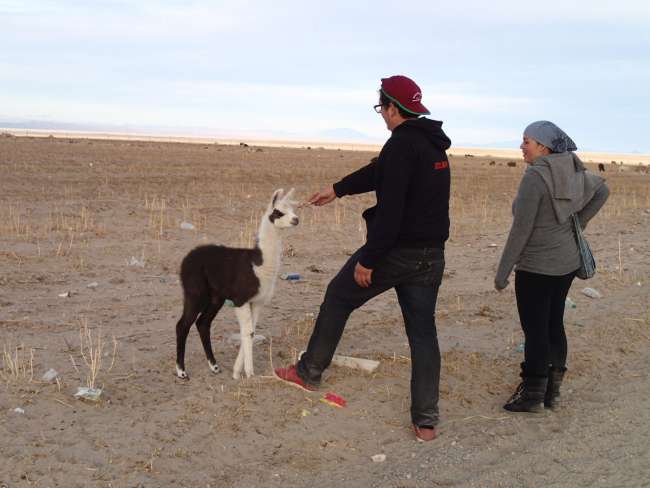
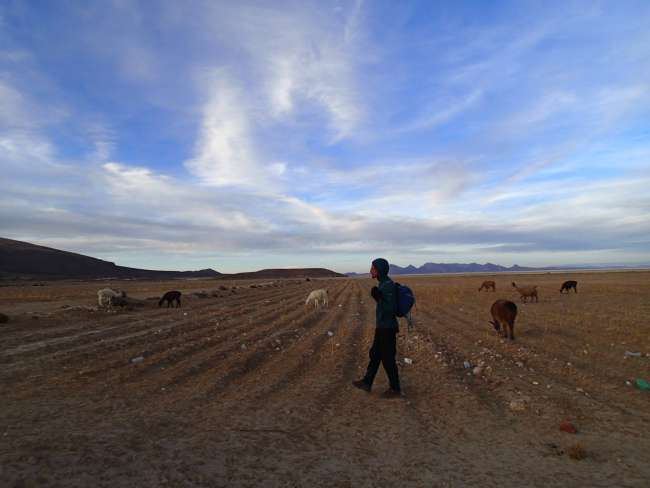
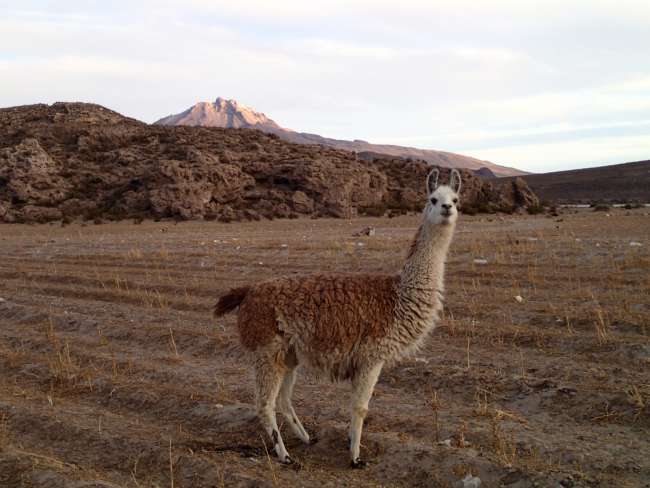
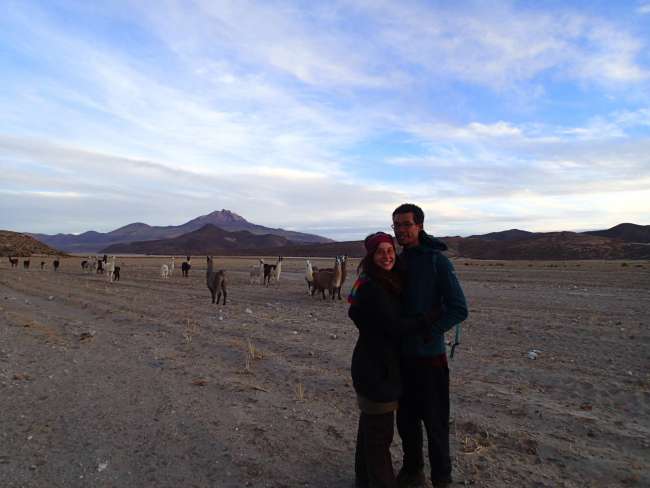
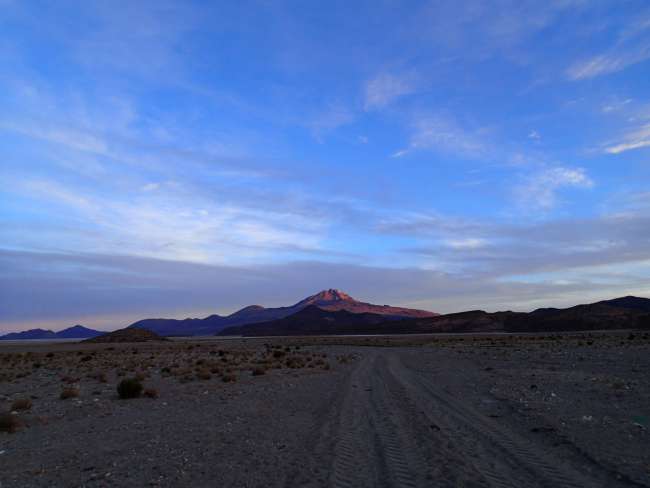
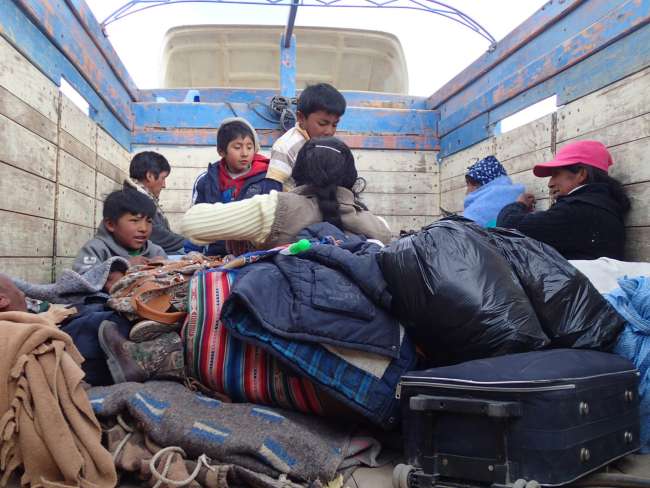
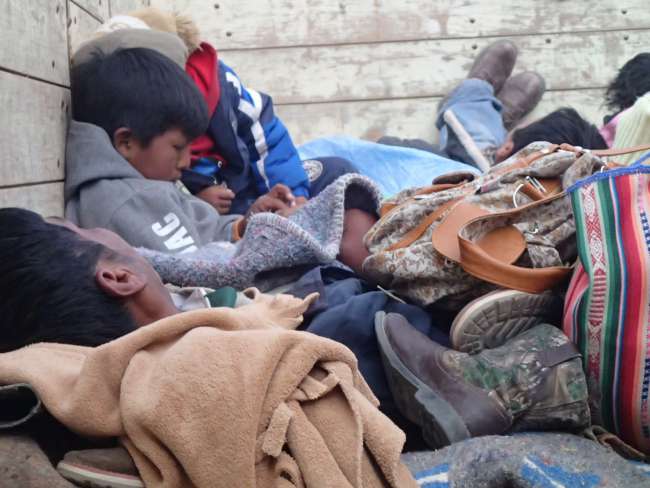
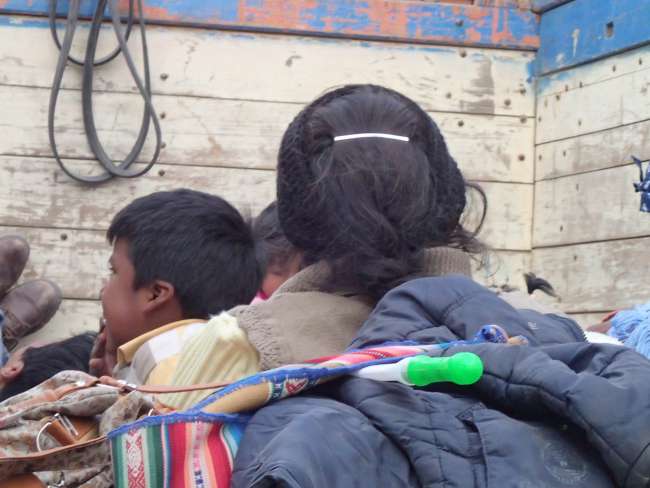
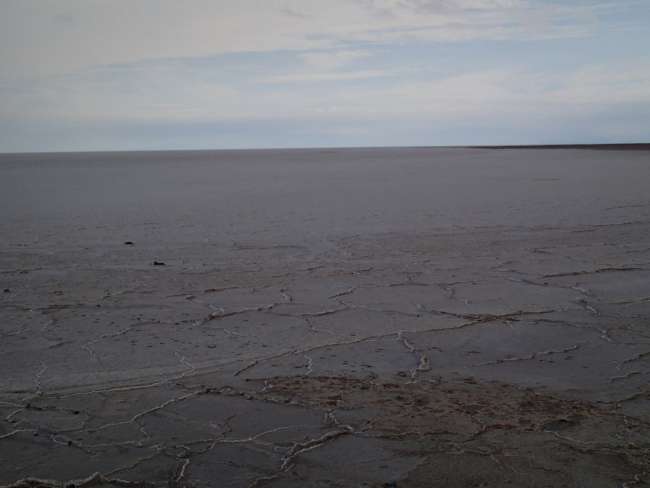
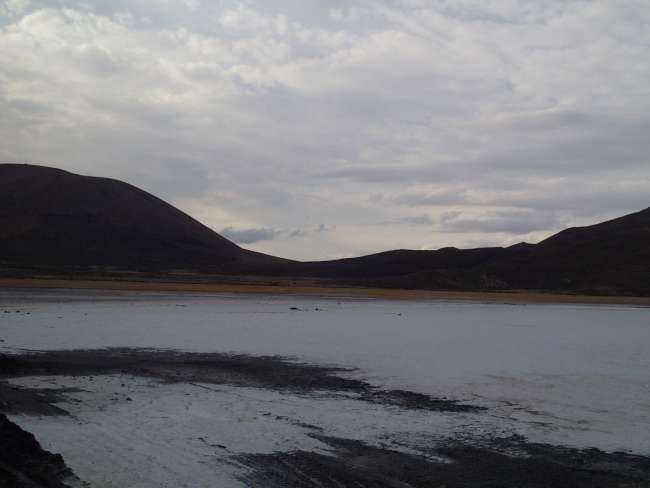
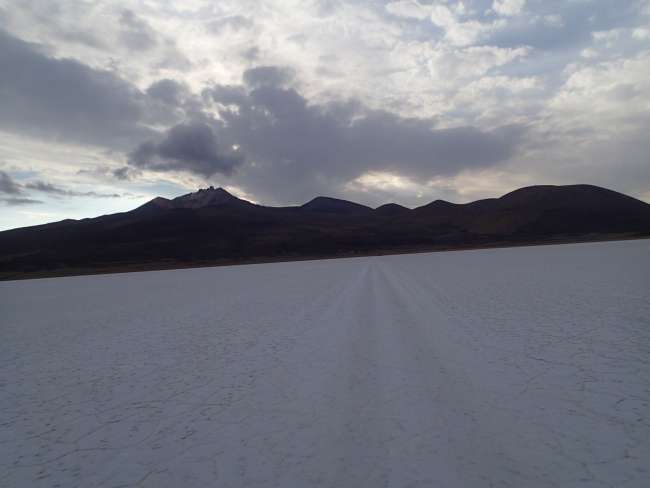
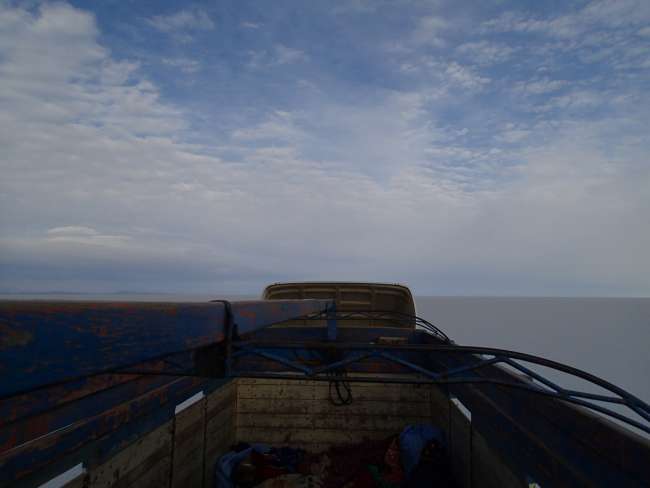
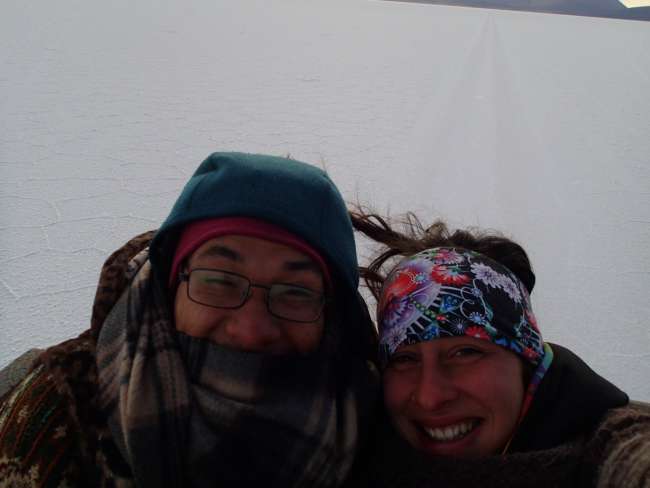
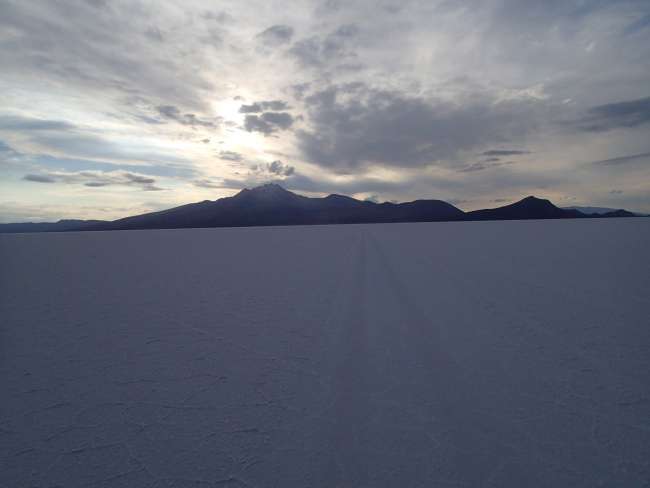
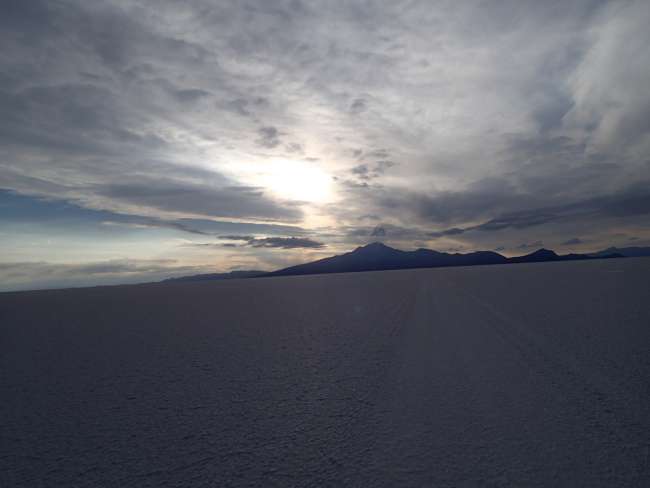
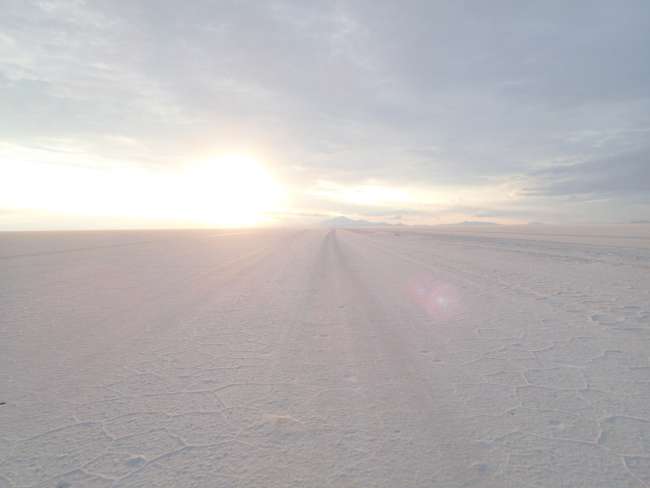
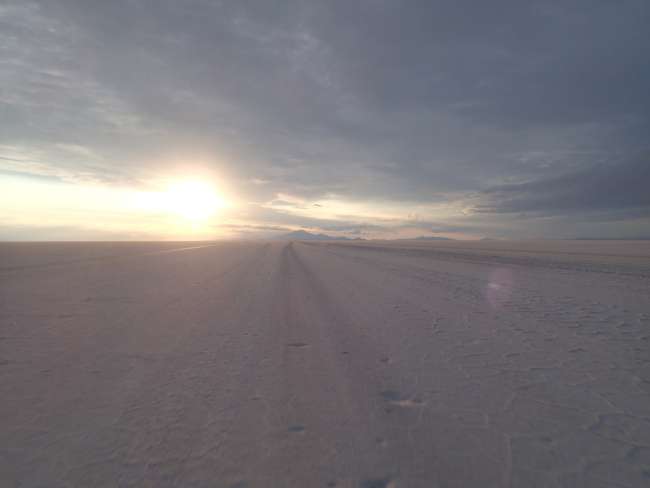
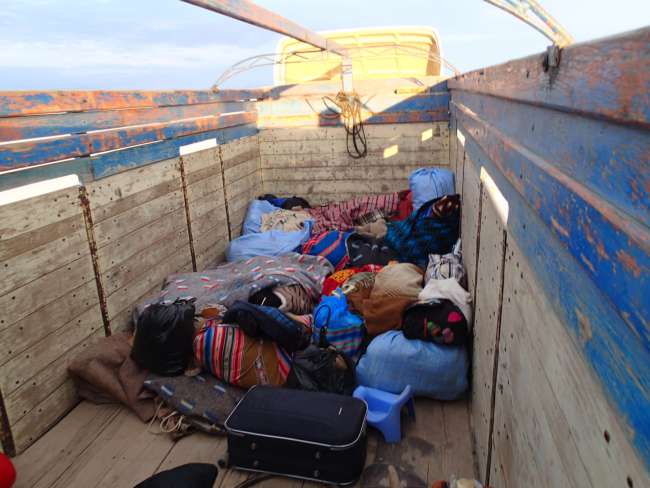
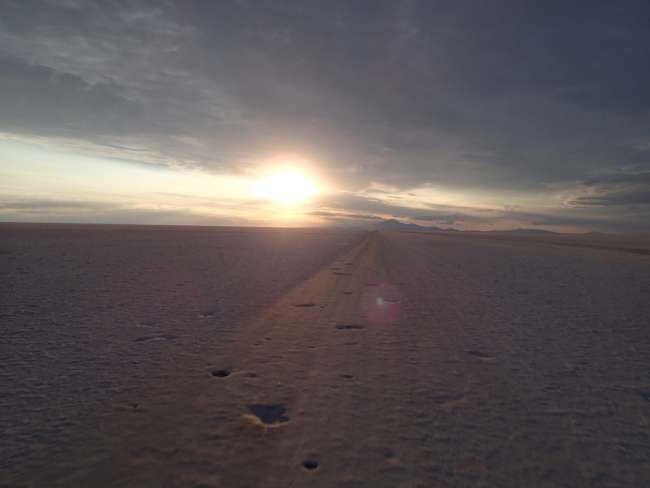
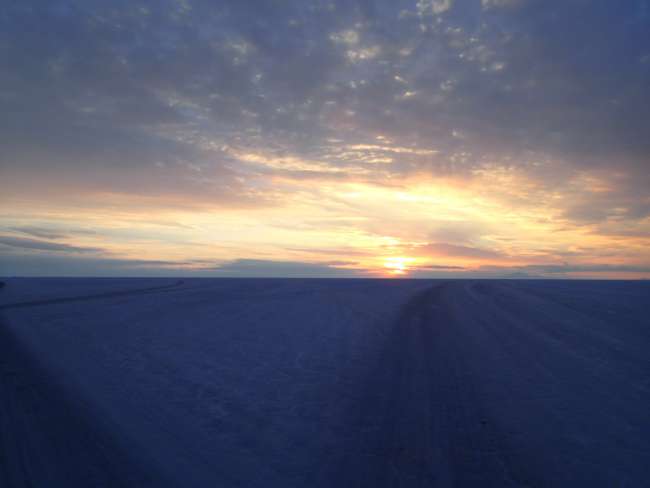
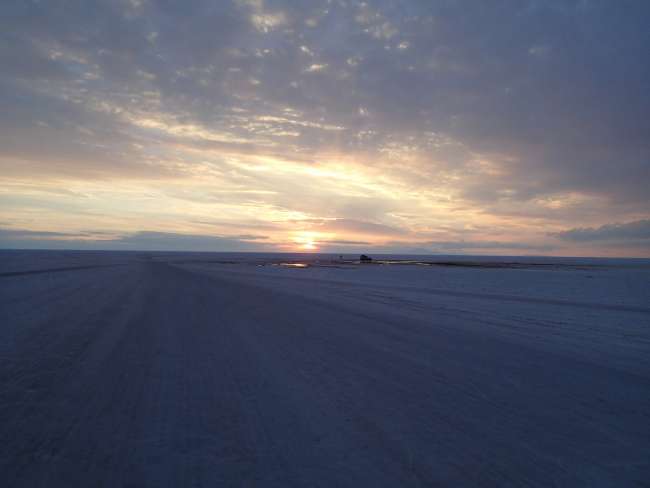
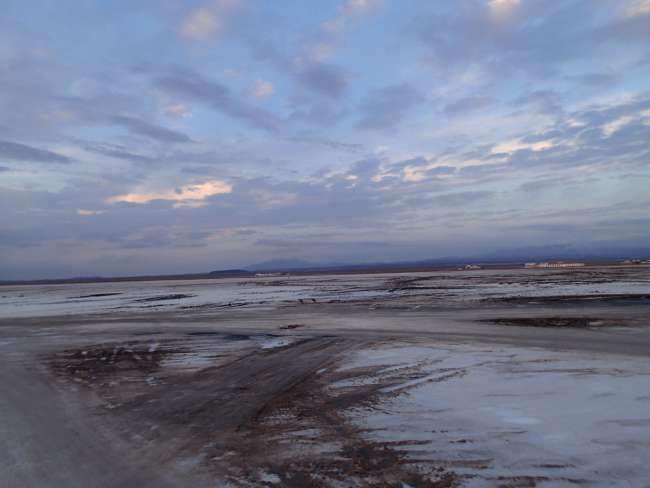
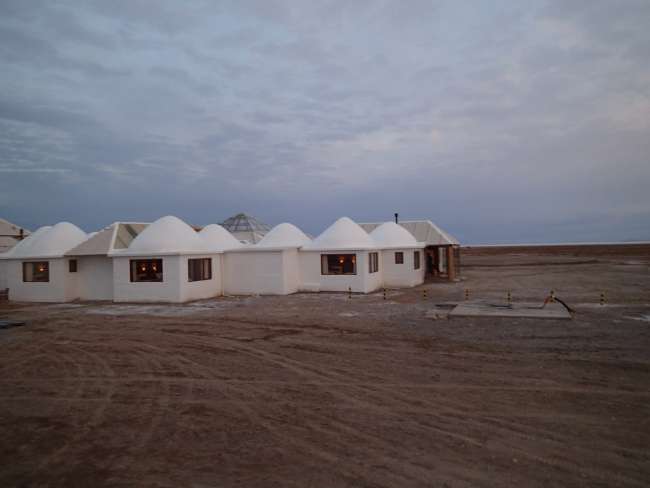
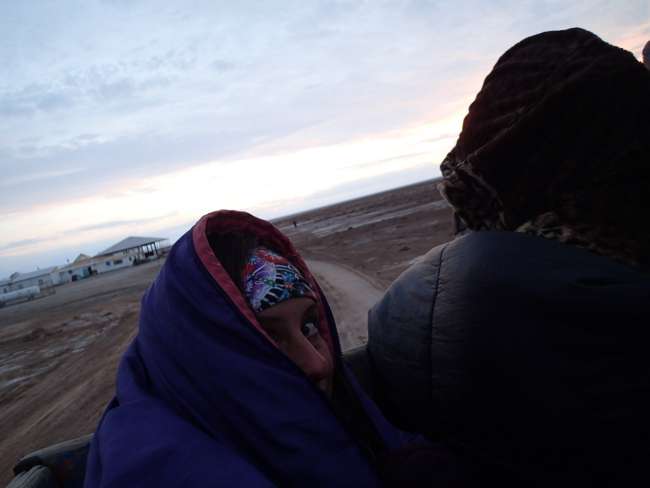
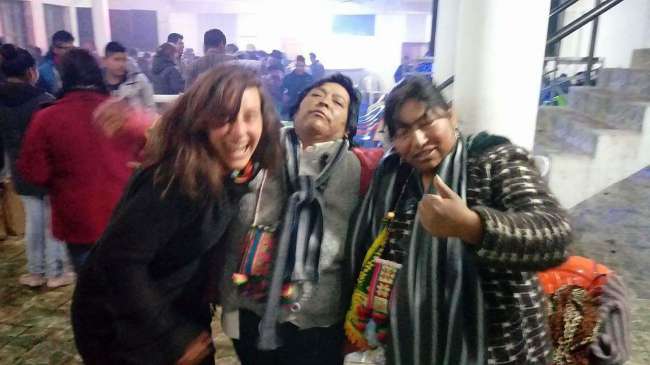
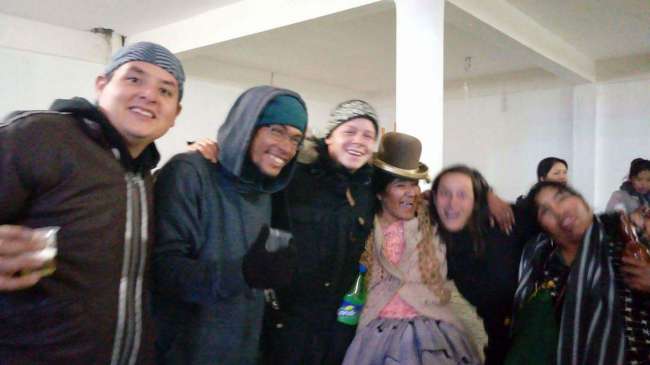
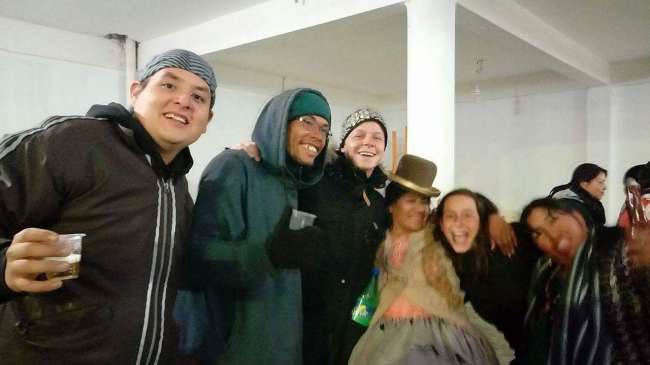
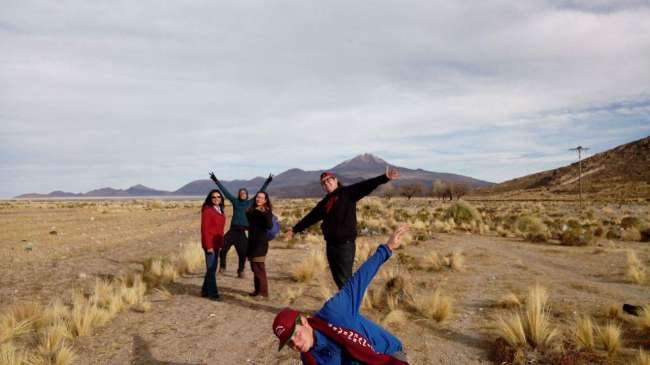

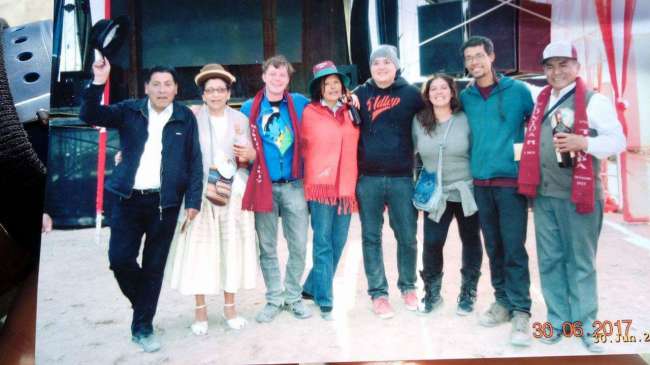
ꯅꯤꯎꯖꯂꯦꯇꯔꯗꯥ ꯁꯕꯁ꯭ꯛꯔꯥꯏꯕ ꯇꯧꯕꯤꯌꯨ꯫
In Oruro, the city in the heart of the Bolivian Altiplano, we met Luise and his crew. They run a hostel called 'graciela'. For the first time in our lives, we had the opportunity to take a 'free walking tour' where we learned a lot about the city and its history. Oruro is especially known for its carnival. There is a street here where the eye-catching costumes and masks are sewn and crafted all year round. It is celebrated for a whole weekend in February, mainly with dancing. Each dance has its own meaning and the number of residents in Oruro during these days increases tenfold.
Oruro also has the oldest mines in Bolivia. Gold, silver, copper, and other metals are extracted here. We had the opportunity to visit a mine museum, which gave us an insight into the terrible conditions of the mine workers. Due to the harsh conditions in the mine, the workers have a life expectancy of no more than 50 years. If they live longer, they are usually in terrible health conditions. The mine is dusty, the work is hard, and fungi and algae accumulate on the walls, which the workers inhale daily. It is always dark, and they chew coca and drink alcohol to endure the hard work. To be protected from misfortune, they offer tobacco, alcohol, and coca to the 'devil' every time they enter the mine. In Oruro, there is probably the only church in the world where the devil is present in pictures, statues, and paintings. In the cultures of the Altiplano, duality plays a very important role. For this reason, and of course because the devil plays an important role in the mines, there is also God and the devil in the Catholic church here.
Thanks to our friend Luis and the hostel 'Graciela', we were able to visit a community near Oruro with a huge crew. Together, we celebrated the New Year of the Aymara. We offered coca, alcohol, money, and salt pictures, made a bonfire, and drank. Around 3 o'clock in the morning, we set off and embarked on a three-hour climb up a mountain called Incapukara. Wow, we didn't know that we were going on a mountain tour, that was quite a challenge. When we reached the top, we endured the cold and eagerly waited for the first rays of sunshine. When the sun rises above the mountains, a new year begins for the people here. Everyone stands with their hands outstretched, welcoming the sun. An incredibly beautiful moment. A llama is sacrificed, and its blood is sprinkled on the prairie to bring luck in the new year.
On the descent, a few of us took a different route and came across a hole in the ground. We descended and discovered a kilometer-long cave that is narrow and unexplored. It feels a bit like Alice in Wonderland, but progress is rather slow.
Finally, when we arrived back at our base, we were waiting, completely exhausted, for a ride back and eventually arrived back in Oruro at our dream house on the hill, where we could rest.
Here in this amazing house, we celebrate Ruben's birthday with movies, homemade pizza, a lot of ice cream, and, of course, some wine before our journey continues.
Next stop: Salinas.
A small village at the foot of the Tunupa volcano and the entrance to the world-famous Uyuni salt flats. With our two Mexican friends and the young guy from Germany, we head to the capital of quinoa. Here, the whole weekend is celebrated, and the whole village has been preparing for this festival for a year. The way the 'cholitas and papachos' of Bolivia celebrate can probably only be matched here. The streets are full of people, and if you pass by a group, you MUST drink 'Singani' (traditional schnapps), which is ALWAYS offered when you pass someone (after about 100 meters of walking, you are completely drunk, and this goes on the whole day, the whole night, and the next 3 days). Non-stop loud orchestra music is played, and songs are sung along. At night, there are three or four different parties, where live music is played and drinking continues. We meet Marciela, a young Bolivian who has worked at the Bolivian Embassy in Vienna (unbelievable). She is the first diplomat I have ever met in person. We celebrate extensively until the early morning hours. Of course, we dance like crazy with the cholitas and papachos, everyone wants to take pictures with us, and we have a lot of new friends ;-)
The next day, we take a walk and encounter a lot of llamas, already feeling the salt flats. When we return to the village, we cannot pass by the "meng" (group) without being made drunk again. Well, the party continues directly. By now, there are drunk Bolivian men and women lying around everywhere, regardless of age—pictures for goddesses.
Enough celebrating, just as we wished, we find a truck with which we can hitchhike through the Uyuni salt flats and continue our journey. Haha, a different kind of tour through the salt flats - we are overjoyed. Wrapped up under a pile of blankets, two families and two women travel with us in the back of the truck. Everyone is asleep, only Ruben and I stand wrapped up with all the blankets we have and enjoy the very white view. It is freezing cold and breathtakingly beautiful - white - salty!
Uyuni and then on to Tarija, the city of wine.
Here, we stay in a quite quirky 1960s hotel, drink wine, make a detour to the cultural center 'lacupula' - where we were able to spend a mega funny last night in Bolivia - and then we set off for the next journey to Paraguay!!!! Grazias Bolivia
Yea rohaihú Paraguay
ꯅꯤꯎꯖꯂꯦꯇꯔꯗꯥ ꯁꯕꯁ꯭ꯛꯔꯥꯏꯕ ꯇꯧꯕꯤꯌꯨ꯫
ꯄꯥꯎꯈꯨꯝ

ꯆꯠꯊꯣꯛ-ꯆꯠꯁꯤꯅꯒꯤ ꯔꯤꯄꯣꯔꯇꯁꯤꯡ ꯕꯣꯂꯤꯕꯤꯌꯥꯗꯥ ꯂꯩꯕꯥ ꯌꯨ.ꯑꯦꯁ
